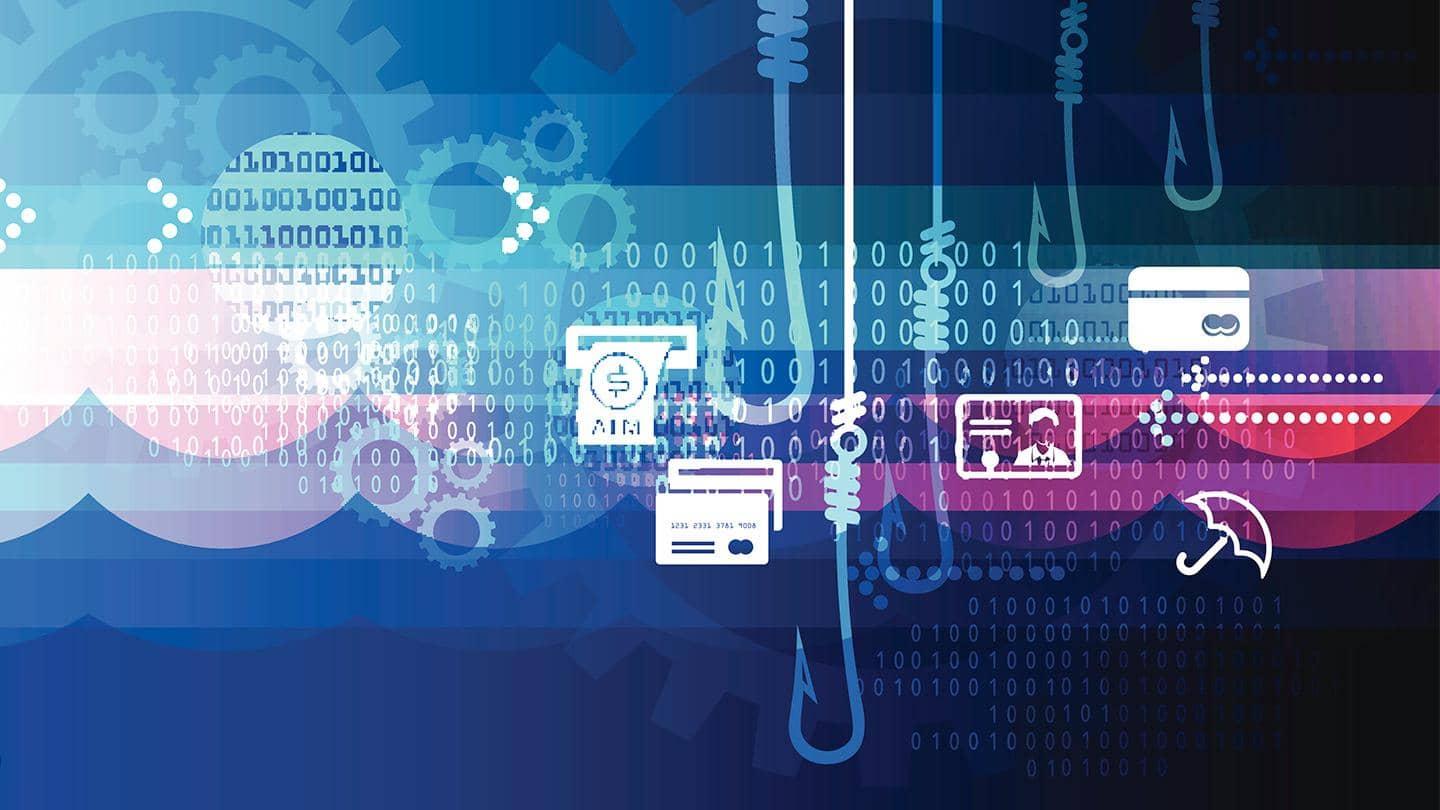
Innovation
Insights: “Fraudsters are getting smarter – but so are we”
Keith Little, Chief Information Officer at Barclays Cards and Payments, shares how the bank is tackling evolving threats from fraudsters – and why AI algorithms are key to protecting customers.
For a bank with as many customers as Barclays, I am constantly aware of the huge responsibility we bear to keep people, and their money, safe.
Every bank faces a range of threats from sinister actors targeting customers’ data and money, from online card fraudsters to impersonation scammers. The technology and techniques that these criminals use is always advanced. But while the fraudsters are getting smarter, so are we.
By combining the power of human and artificial intelligence in our fraud prevention systems, we are staying a step ahead of these bad actors.
Appearances can be deceiving
Take online card fraud. The fraudulent behaviour we look out for is usually in simple transactions, like the purchase of a new smartphone. These usually look like ordinary transactions at first glance – but sophisticated fraudsters often disguise their criminal activity to look like credible customer behaviour.
This is where our machine learning algorithms come in and help stop criminals. They can spot even the smallest irregularities in card activity, detecting any deviation from our customers’ usual spending patterns.
We have a long-term, deep understanding of our customers, and have developed rich datasets over time that we use to protect them, by feeding the data to the algorithms.
We are well aware that new unpredictable threats will continue to arise. So, empowering our most valuable asset – our people – with tools like machine learning, will help us keep ahead of fraudsters and ensure customer safety.
Chief Information Officer at Barclays Cards and Payments

It takes less than a second
Algorithms then monitor all activity, and profile anything that looks suspicious.
Machine learning algorithms inspect large amounts of data from multiple sources to detect fraud, threats and compromises. This enables us to identify patterns and alert on fraudulent activity.
With machine learning, it takes a third of a second (330 milliseconds) for a fraud evaluation to be completed, and our protections are in operation 24 hours a day.
Globally, our algorithms check high volumes of applications and transactions on a regular basis, with peaks on days like Black Friday and Cyber Monday, where the volumes spike very high within a 24 hour period.
The impersonation scam
We are also deploying machine learning to combat a new type of scam that has become increasingly prevalent: ‘courier fraud’.
This is when victims, who are usually elderly, are contacted by fraudsters purporting to be from their bank or the police. They tell victims that their bank account is under attack, and that as a precaution, a courier will visit their home to collect their card and pin.
Fraudsters then take the card and pin to go on an expensive shopping spree.
Because this scam takes place offline and is so quick, it could be difficult for humans to tackle alone. This is where the power and speed of our fraud prevention machines can really make the difference and help cut criminals off immediately.
Keeping ahead of the fraudsters
The emergence of this and other types of fraud demonstrates the need for banks to continuously adapt and improve fraud prevention systems. At Barclays, we constantly assess and build on the strength of our customer protections.
In the US, for example, we are piloting a model that predicts the probability of an existing account turning fraudulent within the next 30 days. It does so by analysing several data elements associated with the account – including transactional data, authentication data, and non-monetary events. It additionally allows for leveraging this intelligence in authorisation workflows, providing additional protection for existing customers.
We are well aware that new unpredictable threats will continue to arise. So, empowering our most valuable asset – our people – with tools like machine learning, will help us keep ahead of fraudsters and ensure customer safety.